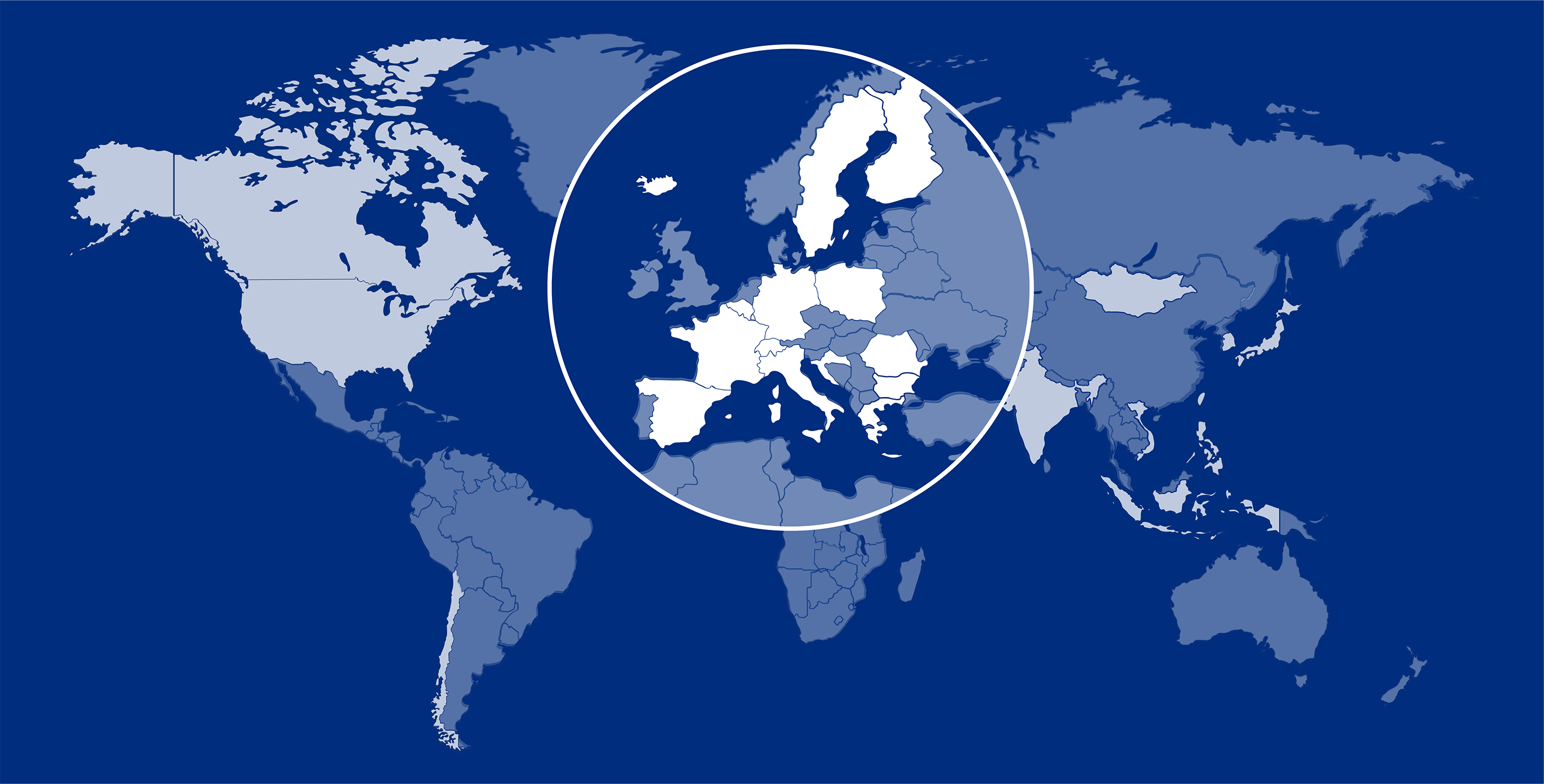Unlocking The Power Of WPD: The Ultimate Guide To Understanding What It Truly Means
Hey there, buddy! If you've stumbled upon this page, chances are you're looking for some serious insights into the world of WPD. But let's be real, WPD can mean different things to different people depending on context. So, today we're diving deep into its meaning, applications, and everything in between. Whether you're a tech enthusiast, a business professional, or just someone curious about abbreviations, this article's got your back. No fluff, just pure knowledge!
Now, before we get into the nitty-gritty, let's set the stage. WPD is not just some random acronym floating around the internet. It carries weight, significance, and practical applications that could change the way you approach certain tasks or ideas. In fact, understanding WPD might just be the missing piece of the puzzle you've been looking for. So, buckle up and let's take this journey together!
One thing’s for sure—WPD is more than meets the eye. It's like that hidden gem you didn't know you needed until someone pointed it out to you. By the time you finish reading this article, you'll not only know what WPD stands for but also how it can impact your life, career, or business. Let's make this count!
- Strawberry Tabby Leaks The Phenomenon Unveiled
- Pablo Escobar Women The Untold Stories Behind The Legend
What Exactly is WPD? A Quick Overview
Alright, so let's cut to the chase. WPD stands for "Words Per Day," but depending on the context, it could also mean "Work Per Day" or even "Water Pollution Detection" in certain scientific circles. Confusing, right? That's why it's important to understand the context in which WPD is being used. For the sake of this article, we'll focus primarily on its most common definition: Words Per Day.
So, what does Words Per Day actually mean? Simply put, it's a metric used by writers, content creators, and businesses to measure productivity. It helps gauge how much content someone can produce in a single day. Whether you're writing blog posts, novels, or technical documents, tracking your WPD can give you valuable insights into your workflow and efficiency.
Why Should You Care About WPD?
Here's the deal—tracking your WPD isn't just for writers or content creators. It's a tool that anyone can use to boost productivity and manage time more effectively. Think about it: if you know exactly how many words you can produce in a day, you can plan your projects more accurately and avoid last-minute stress. Plus, it’s a great way to set realistic goals and track progress over time.
- Maximilian David Muniz The Rising Star Shining Bright
- Magic Johnson Draft Class The Untold Stories And Legendary Beginnings
But wait, there's more. For businesses, understanding WPD can help optimize resource allocation and ensure deadlines are met consistently. It’s like having a superpower that lets you see into the future of your projects and make informed decisions based on data rather than guesswork.
Key Benefits of Tracking WPD
- Improved productivity through measurable goals
- Better time management and project planning
- Increased efficiency and reduced stress
- Data-driven insights for businesses and individuals alike
How to Calculate Your WPD
Calculating your WPD is simpler than you might think. All you need to do is take the total number of words you write in a day and divide it by the number of days you write. For example, if you wrote 2,000 words over two days, your WPD would be 1,000. Easy peasy, right?
Of course, consistency is key here. Writing 10,000 words in one day and nothing for the rest of the week doesn’t really count. The idea is to establish a sustainable pace that works for you. And remember, quality always trumps quantity. Writing 500 well-crafted words is often more valuable than churning out 2,000 mediocre ones.
Tips for Accurate WPD Tracking
- Use tools like WordCounter or Grammarly to track word count
- Set specific writing goals each day
- Keep a journal or spreadsheet to log your progress
- Adjust your goals based on performance and feedback
WPD in the World of Content Creation
Now, let's talk about how WPD plays a crucial role in the world of content creation. Whether you're a blogger, journalist, or social media manager, tracking your WPD can help you stay ahead of the game. It allows you to maintain a steady flow of content, meet deadlines, and keep your audience engaged.
For instance, imagine you're running a blog with a weekly update schedule. Knowing your WPD can help you plan your content calendar more effectively, ensuring you always have fresh material ready to go. Plus, it gives you a benchmark to measure your growth over time. If you notice your WPD increasing, it’s a sign that you're becoming more efficient and productive.
Common Challenges in Tracking WPD
While tracking WPD sounds straightforward, there are a few challenges you might face along the way. Distractions, lack of motivation, and inconsistent routines can all impact your ability to maintain a steady WPD. But don't worry, these hurdles are totally manageable with the right strategies.
- Eliminate distractions by creating a dedicated workspace
- Set realistic goals and reward yourself for achieving them
- Establish a consistent writing routine
- Stay motivated by joining writing communities or finding an accountability partner
WPD and Business Applications
For businesses, WPD is more than just a personal metric—it's a powerful tool for managing content production and marketing efforts. By tracking the WPD of individual team members or departments, companies can optimize their content strategies and ensure consistent output.
Let's say you're running a marketing agency. Knowing the average WPD of your writers can help you allocate resources more efficiently, set realistic deadlines, and deliver high-quality content to clients on time. It’s like having a crystal ball that lets you predict and plan for future projects.
Strategies for Boosting Team WPD
Here are a few strategies you can implement to boost your team's WPD:
- Provide training and resources to improve writing skills
- Encourage collaboration and peer reviews
- Set clear expectations and deadlines
- Offer incentives for meeting or exceeding WPD goals
WPD in Scientific and Technical Fields
As we mentioned earlier, WPD can also refer to "Water Pollution Detection" in certain scientific contexts. In this field, WPD refers to the process of monitoring and analyzing water quality to identify pollutants and contaminants. While it's a completely different application, the underlying principle of tracking and measuring remains the same.
Water pollution detection is critical for ensuring the safety and sustainability of our water resources. By using advanced technologies and methodologies, scientists can identify potential threats and take corrective action before they become major issues. It's a fascinating field that combines science, technology, and environmental stewardship.
Tools and Technologies for WPD in Science
Here are some of the tools and technologies commonly used in water pollution detection:
- Water quality sensors and monitoring systems
- Data analytics and machine learning algorithms
- Remote sensing and satellite imagery
- Field sampling and laboratory analysis
WPD and Personal Development
On a personal level, tracking your WPD can be a powerful tool for growth and development. It helps you identify areas where you need improvement and celebrate your successes along the way. Whether you're working on a novel, a research paper, or a personal blog, knowing your WPD can provide valuable insights into your writing habits and productivity.
Think of it as a personal trainer for your writing skills. Just like a trainer helps you build muscle and endurance, tracking your WPD can help you build writing stamina and improve your craft over time. And who doesn't want to be a better writer?
Setting Realistic WPD Goals
When setting WPD goals, it's important to be realistic and consider your current capabilities. Start small and gradually increase your goals as you become more comfortable with the process. Remember, consistency is key, so don't push yourself too hard too soon.
- Begin with a manageable daily word count
- Track your progress regularly and adjust your goals accordingly
- Focus on quality as well as quantity
- Be patient and persistent—growth takes time
Common Misconceptions About WPD
There are a few common misconceptions about WPD that we need to address. First, WPD isn't just about quantity—it's also about quality. Writing 2,000 words a day doesn't mean much if those words are poorly written or lack substance. Second, WPD isn't a one-size-fits-all metric. What works for one person might not work for another, so it's important to find a pace that suits you.
Finally, WPD isn't a competition. You don't need to compare your word count to others or feel pressured to write more than you're capable of. The goal is to improve your own productivity and efficiency, not to outdo someone else.
Conclusion: Embrace the Power of WPD
So, there you have it—everything you need to know about WPD and how it can impact your life, career, or business. Whether you're tracking your Words Per Day, Work Per Day, or Water Pollution Detection, understanding this metric can provide valuable insights and help you achieve your goals more effectively.
Now it's your turn to take action! Start tracking your WPD today and see how it can transform the way you approach writing, productivity, and project management. And don't forget to share your experiences and insights with us in the comments below. We'd love to hear from you!
Table of Contents
What Exactly is WPD? A Quick Overview
Why Should You Care About WPD?
WPD in the World of Content Creation
WPD in Scientific and Technical Fields
Common Misconceptions About WPD
Conclusion: Embrace the Power of WPD
And there you have it, folks! A comprehensive guide to WPD that’s packed with actionable insights and practical advice. Now go out there and make the most of your WPD journey!
- Unveiling The Enigma Of Trace Ayala A Deep Dive Into His Life Career And Legacy
- Rolling Stones Vocalist The Voice Behind The Legends

WPD Rabat

Development, financing, construction and operation of wind farms wpd

Frontpage wpd Indonesia